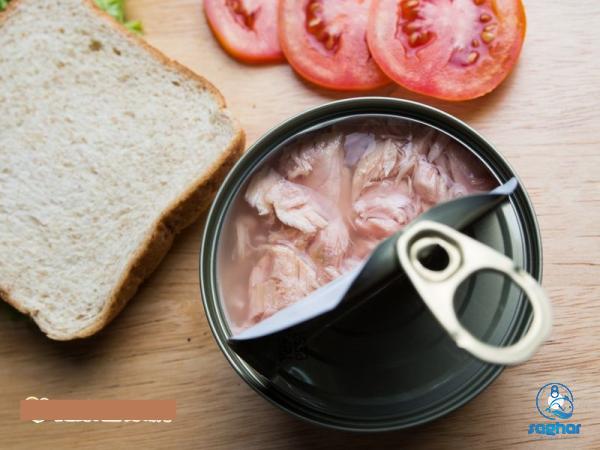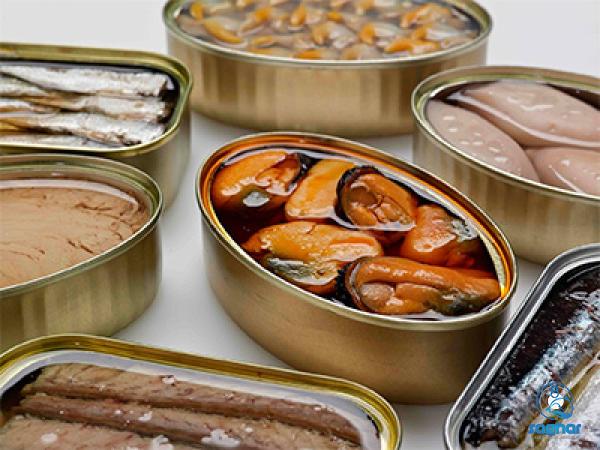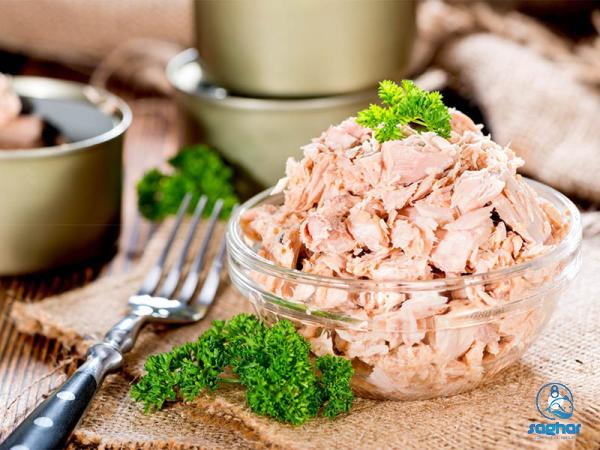Title: The Price of Tuna Canned Goods: An In-depth Analysis from Production to Consumption Introduction: Tuna is one of the most popular and widely consumed seafood products globally, attracting a diverse range of consumers. This article aims to provide a comprehensive summary of the factors influencing the price of tuna canned goods, from its production to the final consumption stage. Understanding these dynamics is crucial for both consumers and industry stakeholders to make informed decisions. 1. Production Stage: The price of tuna canned goods begins with the production stage, which involves several factors that impact its cost:
canned food
 a. Fishing Methods: The fishing method employed greatly affects the overall cost of tuna. There are various techniques, including longlining, purse-seining, trolling, and pole-and-line fishing. Each method varies in terms of labor, equipment, and environmental impact, thereby influencing the final product’s price. b. Tuna Species: Different species of tuna possess varying levels of demand and availability. Bluefin tuna, known for its exceptional taste, commands a higher price due to its scarcity. On the other hand, skipjack tuna, the most commonly canned variety, tends to be more affordable. c. Sustainability Practices: The adoption of sustainable practices, such as eco-friendly fishing and sourcing from well-managed fisheries, adds to the production costs. Tuna fisheries that adhere to strict environmental standards often incur additional expenses, influencing the final price of canned tuna.
a. Fishing Methods: The fishing method employed greatly affects the overall cost of tuna. There are various techniques, including longlining, purse-seining, trolling, and pole-and-line fishing. Each method varies in terms of labor, equipment, and environmental impact, thereby influencing the final product’s price. b. Tuna Species: Different species of tuna possess varying levels of demand and availability. Bluefin tuna, known for its exceptional taste, commands a higher price due to its scarcity. On the other hand, skipjack tuna, the most commonly canned variety, tends to be more affordable. c. Sustainability Practices: The adoption of sustainable practices, such as eco-friendly fishing and sourcing from well-managed fisheries, adds to the production costs. Tuna fisheries that adhere to strict environmental standards often incur additional expenses, influencing the final price of canned tuna.
Specifications of canned food
 2. Processing and Packaging Stage: Once tuna is caught, it undergoes processing and packaging, playing a significant role in determining its price: a. Processing Techniques: The processing techniques employed, such as hand-filleting or machine-based methods, affect labor costs and production efficiency. Hand-filleted tuna is generally more expensive due to the precision and skill required, whereas utilizing automated machinery reduces costs. b. Quality Control Measures: Stringent quality control measures, such as freshness assessment, temperature control, and hygiene standards, ensure the production of high-quality canned tuna. These measures add to the overall production cost but contribute to consumer trust and satisfaction.
2. Processing and Packaging Stage: Once tuna is caught, it undergoes processing and packaging, playing a significant role in determining its price: a. Processing Techniques: The processing techniques employed, such as hand-filleting or machine-based methods, affect labor costs and production efficiency. Hand-filleted tuna is generally more expensive due to the precision and skill required, whereas utilizing automated machinery reduces costs. b. Quality Control Measures: Stringent quality control measures, such as freshness assessment, temperature control, and hygiene standards, ensure the production of high-quality canned tuna. These measures add to the overall production cost but contribute to consumer trust and satisfaction.
buy canned food
 c. Packaging Material: The choice of packaging material, such as aluminum cans or pouches, affects the price of canned tuna. Aluminum cans provide durability and protection but tend to be costlier than alternative options. Additionally, labels and branding also impact packaging costs. 3. Distribution and Marketing Stage: The price of canned tuna is influenced by various factors during the distribution and marketing stage, which includes: a. Transportation Costs: Tuna is often sourced from different regions worldwide, and transportation costs can significantly impact its final price. Factors such as fuel prices, distance, and logistics all contribute to the overall cost, which is passed on to the consumer.
c. Packaging Material: The choice of packaging material, such as aluminum cans or pouches, affects the price of canned tuna. Aluminum cans provide durability and protection but tend to be costlier than alternative options. Additionally, labels and branding also impact packaging costs. 3. Distribution and Marketing Stage: The price of canned tuna is influenced by various factors during the distribution and marketing stage, which includes: a. Transportation Costs: Tuna is often sourced from different regions worldwide, and transportation costs can significantly impact its final price. Factors such as fuel prices, distance, and logistics all contribute to the overall cost, which is passed on to the consumer.
canned food + buy and sell
 b. Marketing and Branding: Advertising, promotional campaigns, and brand reputation contribute to the marketing costs associated with canned tuna. Well-known and established brands often invest significantly in marketing, which is factored into the product’s price. c. Import Taxes and Tariffs: Import taxes and tariffs imposed by governments can increase the price of canned tuna in certain regions. These fees are typically based on factors such as the country of origin, trade agreements, and local regulations. 4. Consumer Demand and Retail Markup: Consumer demand and retail markup play a crucial role in determining the price of canned tuna products: a. Seasonal Demand: Tuna consumption patterns often experience fluctuations based on availability and consumer preferences. Seasonal trends can impact the supply-demand dynamics, influencing the pricing structure. b. Retail Markup: Retailers apply a markup or margin on the canned tuna products they sell to cover their operational expenses and generate profits. The markup percentage can vary depending on the retailer’s positioning, location, and market competitiveness. Conclusion: The price of tuna canned goods is influenced by several factors throughout the production and consumption journey. Factors such as fishing methods, tuna species, sustainability practices, processing techniques, packaging materials, transportation costs, marketing, and consumer demand all contribute to the final price. Understanding these dynamics enables consumers and industry stakeholders to make informed decisions while considering their preferences and budget constraints.
b. Marketing and Branding: Advertising, promotional campaigns, and brand reputation contribute to the marketing costs associated with canned tuna. Well-known and established brands often invest significantly in marketing, which is factored into the product’s price. c. Import Taxes and Tariffs: Import taxes and tariffs imposed by governments can increase the price of canned tuna in certain regions. These fees are typically based on factors such as the country of origin, trade agreements, and local regulations. 4. Consumer Demand and Retail Markup: Consumer demand and retail markup play a crucial role in determining the price of canned tuna products: a. Seasonal Demand: Tuna consumption patterns often experience fluctuations based on availability and consumer preferences. Seasonal trends can impact the supply-demand dynamics, influencing the pricing structure. b. Retail Markup: Retailers apply a markup or margin on the canned tuna products they sell to cover their operational expenses and generate profits. The markup percentage can vary depending on the retailer’s positioning, location, and market competitiveness. Conclusion: The price of tuna canned goods is influenced by several factors throughout the production and consumption journey. Factors such as fishing methods, tuna species, sustainability practices, processing techniques, packaging materials, transportation costs, marketing, and consumer demand all contribute to the final price. Understanding these dynamics enables consumers and industry stakeholders to make informed decisions while considering their preferences and budget constraints.

Your comment submitted.